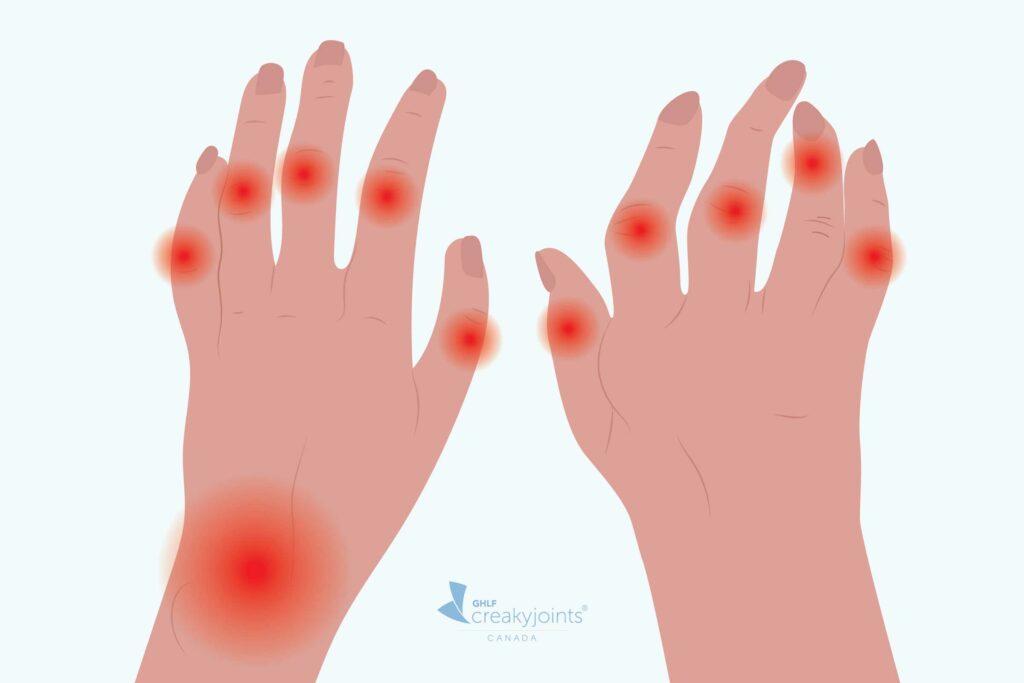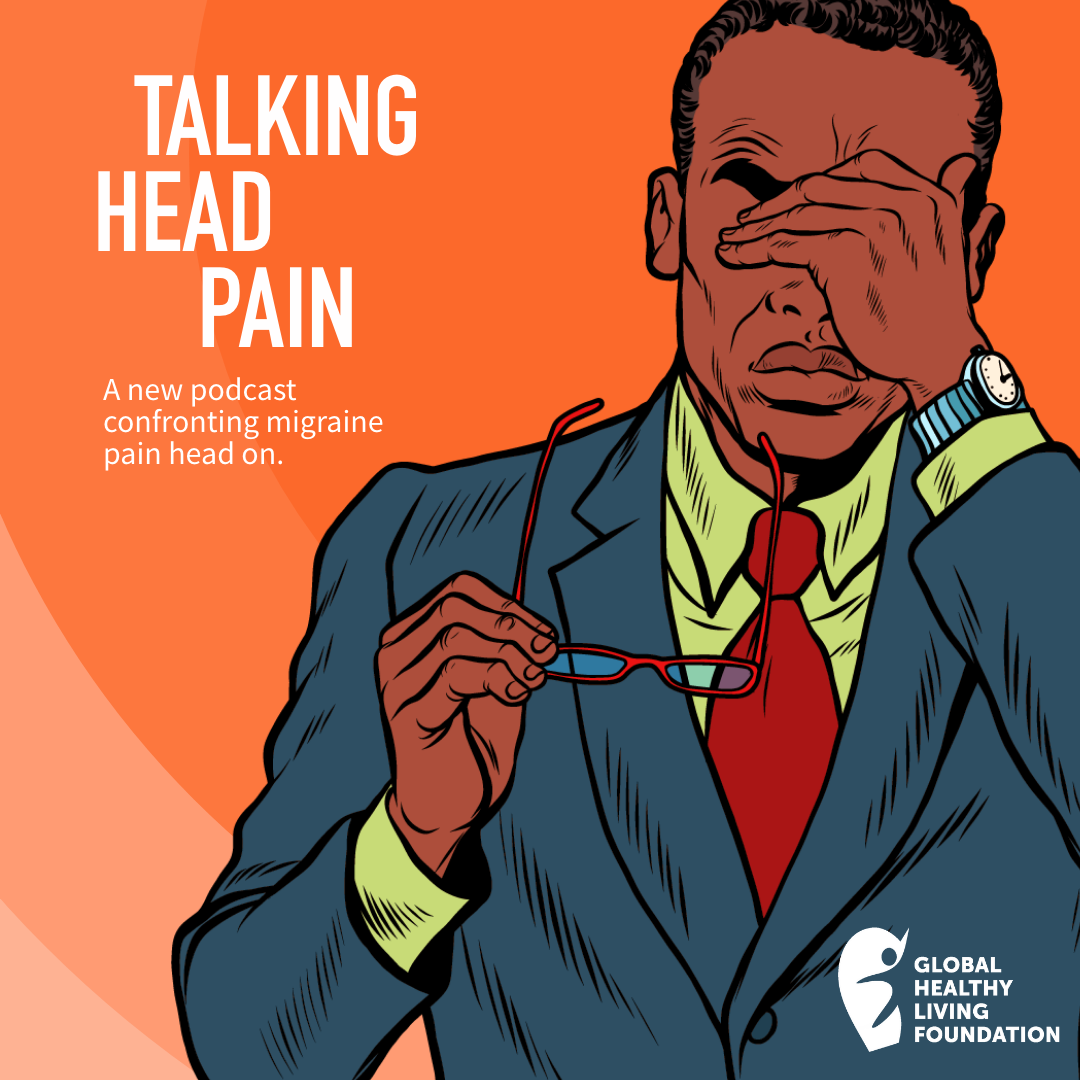One glance at my hands will tell you I have rheumatoid arthritis (RA). They show the classic RA joint changes, signs of an inflammation so strong that it can twist and pull a joint into another shape. As more treatments for RA have been introduced over the past 20 or so years, those of us with outward signs of this inflammatory and autoimmune form of arthritis are gradually becoming an endangered species. Someone who is diagnosed with RA today and starts medication promptly may never experience the visible joint damage that I and many others from my generation have.
As someone who grew up in an age when deformities and disability were guaranteed outcomes of RA, I see this is a welcome extinction.
On the other hand, having a chronic illness with no outward signs of being sick isn’t always easy, either. Both visible and invisible RA each come with stigma, struggles, and — believe it or not — benefits. Here’s a look at the pros and cons of “visible” and “invisible” RA in four different common situations.
The Parking Lot
Although I now exclusively use a power wheelchair, I have a lot of wonderful memories that involve my old manual wheelchair. It was easy to flip it into the back of a car to go for adventures with my sister or a friend, experiences that were made easier by bringing along my accessible parking permit. Granted, there aren’t a lot accessible parking spaces (in Ontario there is a minimum of only four in a lot of 350 or fewer spaces) and other drivers don’t seem to understand that they should leave a decent amount of space between the cars, but most of the time, we managed. Not once were we accosted as we pulled into an accessible parking space and got out of the car.
But this is a common experience for many of my friends in the RA community who meet the legal criteria for an accessible parking permit, but who don’t use a wheelchair. Random members of the public will appoint themselves enforcers of traffic laws, going so far as to argue and harass someone, even if the permit is waived in their face.
Both groups frequently face situations that are complicated and annoying. Me when accessibility is minimal or nonexistent; my friends who have less visible RA when confronted with an insistence that they prove their need for accessibility.
Work
The job market is full of barriers for those of us who live with RA and other types of chronic illness. Our society is filled with systemic barriers to full participation by those of us who have chronic illness or disability. Both those with visible and invisible RA may need accommodations.
This means making adjustments to the process of work that makes it easier for your body, such as remote work, an ergonomic workstation, and frequent breaks to move around so you don’t stiffen up. It could even include working different hours to avoid sitting in rush hour traffic or to help someone who experiences more pain and stiffness in the morning.
As people with chronic illness, we are entitled to accommodations under human rights laws, but actually persuading an employer that, say, you need to work remotely has been difficult. That is, until the pandemic, when all of a sudden this flexibility was made possible for everyone. For all of us, the fight for the right to work without wrecking your body will continue and I hope the lessons of the pandemic will help to make workplaces more flexible in the future.
Romantic Relationships
When I talk about dating with someone who doesn’t have visible RA, one of the first questions is inevitably, “how and when do I tell someone I’m dating about my illness?”
We live in a world where it’s acceptable for people to not be able to “handle” someone else’s illness. For years, every guy I met ran screaming for the hills the minute he found out about my RA. I cried a lot of tears and ate a significant amount of consolation ice cream. Sometimes, I got caught up in wishing that my RA wasn’t so visible.
And sure, if you don’t have a visible condition, you have the option of waiting to “come out” about your health until the other person gets to know you better. If you have enough time to like to each other, the thinking goes, the other person might be less likely to ghost you. Of course, the longer you wait the more likely you are to fall in love, at which point you’ll need a lot more ice cream to get over a potential rejection.
In this case, it’s your illness that matters in the end (to some people), not whether or not it is visible. When you’re rejected based on something you didn’t cause and can’t change, it hurts in a deep and hidden place.
For many of us, that ache is hard to heal.
Loving and Accepting Yourself
When health is seen as the norm, with little allowance for differences in weight and shape and ability, having RA can feel as if your body has betrayed you. Figuring out how to accept and love yourself with a chronic illness is something that requires you to constantly push back against the idea of normal, the concept of beauty, and the expectations that our bodies are forever supposed to perform on demand. Whether seen or unseen, RA very much affects how our bodies work so we share the frustrations and the heartbreak. But as the body positivity movement is gaining steam, I believe that we can find a way to love ourselves just the way we are, whether our differences are visible or not..
It’s human to label and somehow, we’ve become divided into those with and without visible signs of RA.
In reality, though, we are more similar than different. We all know firsthand what it is like to live with this unpredictable and cantankerous condition. By rejecting labels that separate, we can come together as a community, helping each other and ourselves.
Together, we are a force to be reckoned with.
Stay in Touch with CreakyJoints Canada
Part of the nonprofit Global Healthy Living Foundation, CreakyJoints is a digital community for millions of arthritis patients and caregivers worldwide who seek education, support, advocacy, and patient-centered research. All of our programming and services are always provided free of charge. As we grow CreakyJoints Canada we want to hear from you. Please join our email list to stay connected, learn about new content and initiatives, and send us suggestions and ideas.






